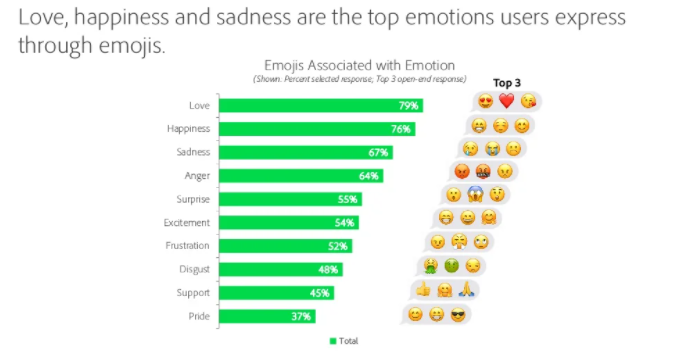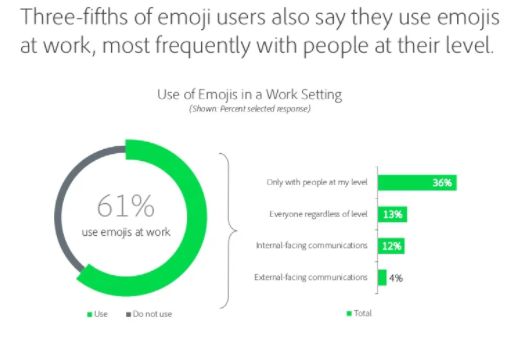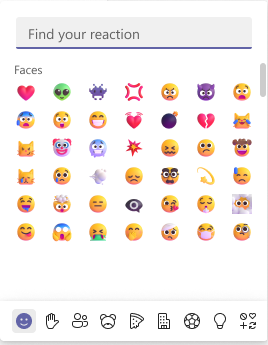- Windows 10 End of Life - What It Means and How to Prepare for the Transition to Windows 11
- How did an air traffic services company take business analytics to the next level?
- How to Create an Effective and User-Friendly Power BI Report
- Data-driven management: how Power BI helps you make better decisions
- Resolving a cyber incident – Hansab’s experience
- Copilot for Microsoft 365 Now Supports Estonian, Latvian and Lithuanian Languages
- Why is a Firewall Needed?
- Requirements for Copilot for Microsoft 365 will be extended
- Copilot Licenses 50% Off Until the End of the Year
- Monthly billing for Microsoft 365 Copilot annual term subscriptions
- Microsoft price increase for monthly billing for annual term subscriptions from April 1, 2025
- Teet Raudsep - CEO of Primend Group
- Important Microsoft 365 licensing changes in Europe
- Primend is now a Microsoft Solutions Partner for Modern Work
- Microsoft announced important price changes
- Security update for Microsoft Authenticator
- Primend is recognized as the winner of 2023 Microsoft Estonia Partner of the Year
- Cloud service focused companies Primend and Digifi will merge
- Press Release | Primend and Bondora give desktop computers to two schools
- Press Release | Primend gives tablets computers to Ida-Viru Central Hospital
- Primend helped SYNLAB to gift tablets to general nursing homes
- Press Release | Primend and Iteraction to merge
- Primend is the Microsoft Partner of the Year 2020 in Estonia
- Elering implemented remote work tool Microsoft Teams with the help of Primend
Emojis play an important role in our written communication and it is totally possible to have an entire conversation using only emojis. But have you ever wondered how long the emojis have been around, what are the most used, or questioned yourself whether you using enough?
Before getting to the point of this blog post, take a little tour in the history of emojis, and hopefully learn some new facts.
Modern emoticons were not the first instances of :) or :-) being used in text. In 1648, poet Robert Herrick wrote, "Tumble me down, and I will sit Upon my ruins, (smiling yet:)." Herrick's work predated any other recorded use of brackets as a smiling face by around 200 years. However, experts have since weighed whether the inclusion of the colon in the poem was deliberate and if it was meant to represent a smiling face. English professor Alan Jacobs argued that "punctuation, in general, was unsettled in the seventeenth Century. Herrick was unlikely to have consistent punctuational practices himself, and even if he did, he couldn't expect either his printers or his readers to share them."
In the late 1990s, a Japanese artist named Shigetaka Kurita created the first emoji. He was working for a mobile communications company called NTT Docomo. They were developing a new internet platform. Since it allowed for a limited number of characters, Kurita came up with the idea to replace words with pictures.
So what’s is the point using emoticons when chatting? Many studies suggest that using emojis while chatting can have a positive effect to the sender and also the receiver. Especially when showing happiness or gratitude. Adobe did a study in 2019 about emojis. Study suggests that majority of emoji users believe that people who use emojis are friendlier and more approachable. When asked about emojis’ greatest benefits, most emoji users highlight the ability to communicate across language barriers (94%) and instantly share thoughts and ideas (90%).

But there are also studies that suggest not using emojis in a work-setting because it might be deemed unprofessional. Young adults seem to respond to emojis more positively than their older colleagues. That means there’s a time and a place for using emojis in business communication.

Microsoft on the other hand thinks that emojis are the future and is releasing tons of new emojis to use in Teams!
Expanded reactions in Microsoft Teams
This update will expand available reactions by allowing users to apply any emoji as a reaction to chat messages. Users will be able to pick from >800 Teams emojis to express themselves the way they want.
This will be available for Teams desktop apps (Windows and Mac), Teams mobile (Android and iOS), and Teams on the web.
When this will happen:
Standard: will begin rolling out in mid-May (previously early March) and expect to complete rollout by early June (previously late March).
How this will affect your organization:
From an expanded set of emoji options presented in an updated reaction design, users will be able to choose from more than 800 easily accessible emojis with new reactions.

Easily find the best emoji with the search bar
 Receiving a lot of positive emojis can make someone's day
Receiving a lot of positive emojis can make someone's day
Want to become fluent in emojis? Check out this pdf that has shortcuts to all the current emojis in Teams.
